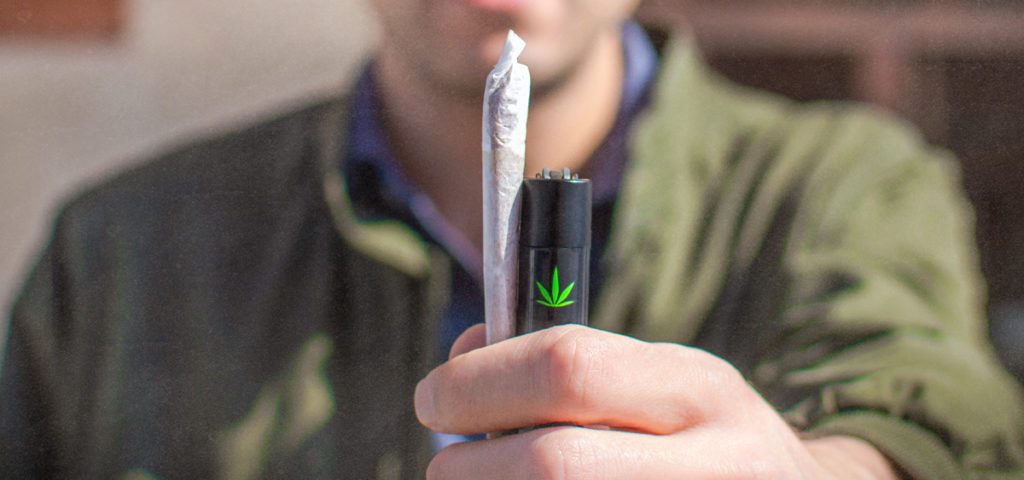A federal survey found that U.S. young adults aged 19 to 30 used more cannabis and hallucinogens in 2021 than in any previous year.
Federal Survey Finds Cannabis & Hallucinogen Use Among Young Adults at Highest Level Ever

Full story continued below.
Advertisement
The rate of individuals aged 19 to 30 who consumed cannabis on a daily basis, or on 20 or more occasions in the past 30 days, reached 43% last year, according to the National Institutes on Drug Abuse (NIDA) Monitoring the Future survey. Rates of past-year hallucinogen use among the cohort also rose in 2021, to 8%. Both increases mark new highs since the NIH started monitoring the trends in 1988.
In a statement, NIDA Director Nora Volkow, M.D., said the data “provides a window into the substances and patterns of use favored by young adults” and “understanding how substance use can impact the formative choices in young adulthood is critical to help position the new generations for success.”
“We need to know more about how young adults are using drugs like marijuana and hallucinogens, and the health effects that result from consuming different potencies and forms of these substances. Young adults are in a critical life stage and honing their ability to make informed choices.” — Volkow in a press release
The survey found an increase in past-month cannabis vaping, which doubled from 6% in 2017 to 12% last year, along with an increase in nicotine vaping, from 6% in 2017 to 16% last year.
Researchers found a decrease in past-30-day alcohol consumption among those surveyed, which was measured at 66% last year, down from 70% in 2016; however, binge-drinking rates increased from 2020 (28%) to 32% last year, the same level recorded in 2019.
The study found that cannabis consumption among 19- to 30-year-olds has steadily increased over the last decade. In 2011, 29% of the cohort said they had consumed cannabis over the previous 30 days and that figure rose to 34% in 2016. In 2011, the survey found daily cannabis consumption rates at 6%, which rose to 8% in 2016 and 11% last year.
Data for the 2021 survey was collected online from April 2021 through October 2021. The study is conducted by scientists at the University of Michigan’s Institute for Social Research, Ann Arbor, and is funded by NIDA, part of the National Institutes of Health.
Get daily news insights in your inbox. Subscribe
End